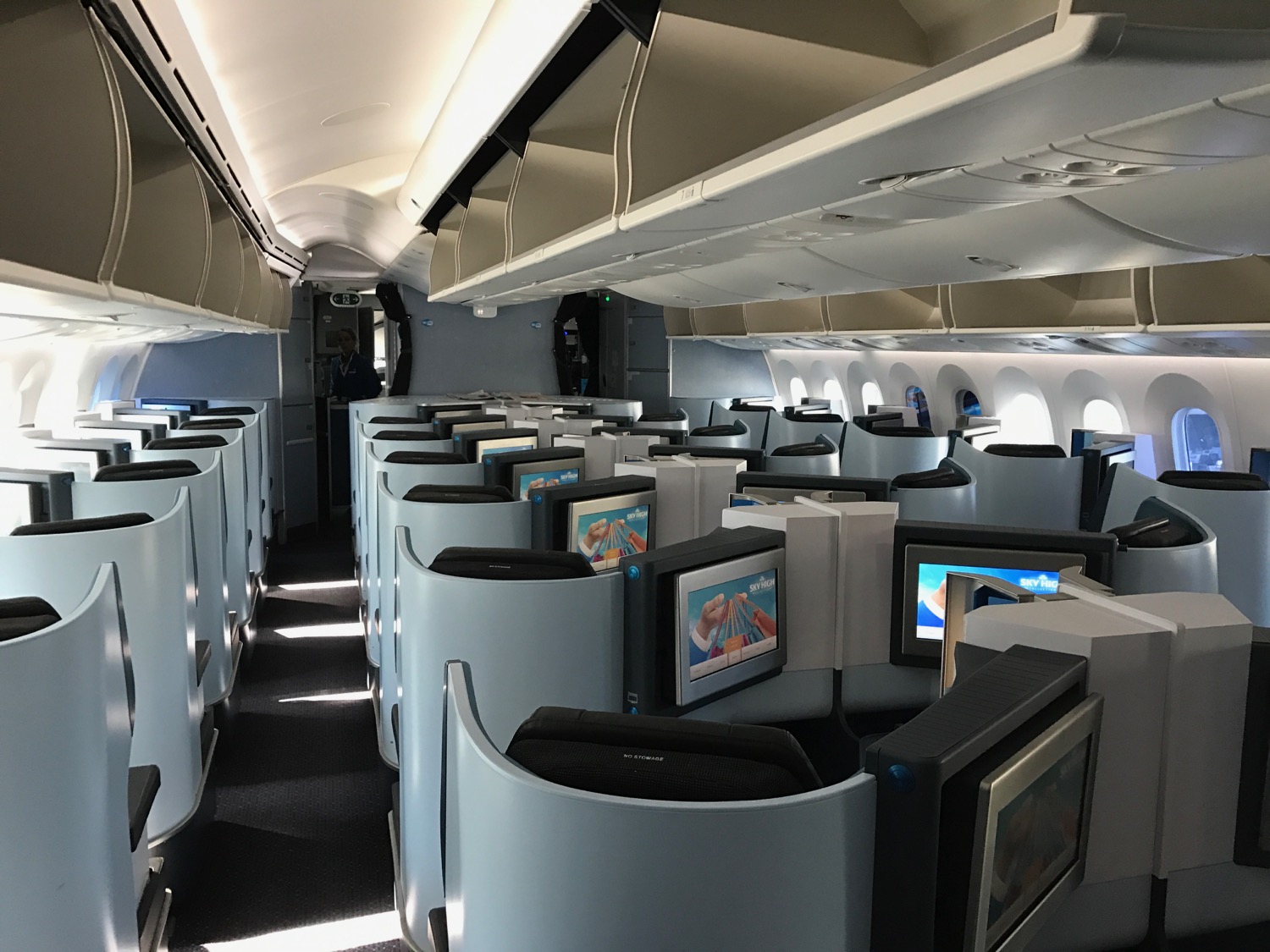When I first moved to Toronto, the city felt like a symphony of bustling streets and vibrant neighborhoods. The iconic streetcars, gliding click through the up coming website page through the up coming website page the streets, were more than just a mode of transport; they were a striking emblem of Toronto’s character. Riding those trolleys, which have been a staple since the early 20th century, stirred a sense of nostalgia within me. It was impossible not to feel connected to the city’s history as I watched the landscape unfold from my seat. Discover more about the subject using this recommended external source. Airport Limo Toronto, uncover additional details and fresh viewpoints on the topic covered in this piece.
As I settled in, I noticed how the transportation landscape was undergoing a remarkable evolution. Public transportation options such as subways, buses, and streetcars harmoniously coexisted with the rapid rise of rideshare services like Uber and Lyft. Suddenly, navigating the city became easier than ever, ushering in a culture of convenience that transformed how both residents and visitors experienced the urban expanse.
The shift happened so swiftly that it was as if I were witnessing a pivotal moment in the city’s history. The day I decided to order an Uber instead of hunting for a parking spot during a downtown event was truly eye-opening. It saved me time and hassle, but beyond that, it illuminated a new dimension of ridesharing—a model that prioritized efficiency while still nurturing the sense of camaraderie that public transport often fosters.
Adapting to Sustainable Practices
As Toronto continued to thrive, so did the important conversations about ecological responsibility. It wasn’t merely about reaching a destination anymore; it was about the impact of our mobility choices on the environment. I still remember attending a local town hall meeting charged with enthusiasm, where passionate residents brainstormed ways to shrink our city’s carbon footprint. That evening opened my eyes to the fascinating convergence of innovation and sustainability within the transportation sector.
Toronto poured resources into promoting sustainable transit solutions. Initiatives like the expansion of bike lanes and the increase of electric buses were signs of a collective determination to protect our environment while improving accessibility. For many, commuting by public transport or biking became not just a convenience; it was a badge of honor for environmentally-conscious Torontonians.
As I integrated more sustainable practices into my daily routine, I discovered a profound sense of purpose and connection to my neighborhood. Riding my bike along Lake Ontario, I often encountered like-minded souls eager to share their stories about their paths toward environmental awareness. These interactions reinforced my belief that transportation is not merely a means of mobility; it embodies connections and shared philosophies.
The Rise of E-Hailing and the Gig Economy
The introduction of e-hailing services marked a significant shift, offering a flexible avenue for work that many had never contemplated. I recall a conversation I had with a rideshare driver at a local coffee shop, where his excitement about managing his own hours and earning extra income shone through. He described how every ride was a new adventure, a chance to meet fascinating people from all walks of life. It struck me how this newfound versatility contrasted starkly with the rigid job structures that dominated previous generations.
This evolution also inspired my own professional development. As remote work and digital platforms surged, I found myself adapting and acquiring new skills relevant to the burgeoning gig economy. Witnessing how many embraced entrepreneurship through innovative platforms invigorated me, illustrating that Toronto was a backdrop for creativity and adaptability.
Community and Connectivity
As Toronto’s transportation landscape transformed, so too did the sense of community among its residents. I vividly remember an initiative during a neighborhood festival that encouraged citizens to utilize public transportation instead of driving. The goal was not only to reduce congestion but also to weave a tighter fabric of relationships among diverse groups. While waiting for a subway, I frequently engaged in conversations with strangers who shared their unique experiences, enriching my understanding of the city’s multifaceted narrative.
Today, as I navigate the ever-evolving transit options, I celebrate how transportation has transcended being just a service; it is now an experience that builds community. Each ride, whether on public transport or in a rideshare, is a thread in the broader tapestry of connection—linking me with my surroundings and fellow travelers.
The Future of Transportation in Toronto
Considering the rapid advances we’ve witnessed, I can’t help but ponder what lies ahead for Toronto’s transportation system. Will self-driving cars become routine sights on our streets? How will emerging technologies continue to address the needs of our growing population? What I do know is that the narrative surrounding transportation in Toronto is evolving—not just about moving from point A to point B, but about the journeys we undertake together, striking a balance between innovation, sustainability, and community. Complement your reading by accessing this suggested external resource. Investigate supplementary data and fresh viewpoints on the subject addressed in the piece. Airport Limo Toronto, immerse yourself further in the topic.
The transformative moments I’ve experienced in Toronto’s transportation journey have deeply influenced both my personal and professional life. It’s like a vibrant dance through the city’s streets—showcasing resilience, creativity, and a sense of collective spirit. Reflecting on my own path, I find that perhaps the most important lesson is that change is constant, and within that change lies a treasure trove of opportunities for connection and growth.
